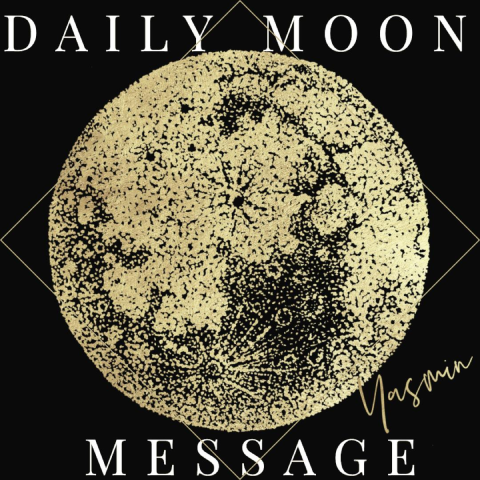A blue moon is an additional full moon that appears in a subdivision of a year: either the third of four full moons in a season, or a second full moon in a month of the common calendar.
The phrase has nothing to do with the actual color of the moon, although a literal “blue moon” (the moon appearing with a tinge of blue) may occur in certain atmospheric conditions: e.g., when there are volcanic eruptions or when exceptionally large fires leave particles in the atmosphere.
The term has traditionally referred to an “extra” moon, where a year which normally has 12 moons has 13 instead. The “blue moon” reference is applied to the third moon in a season with four moons,[1] thus correcting the timing of the last month of a season that would have otherwise been expected too early. This happens every two to three years (seven times in the Metonic cycle of 19 years).[2] The March 1946 issue of Sky & Telescope misinterpreted the traditional definition, which led to the modern colloquial misunderstanding that a blue moon is a second full moon in a single solar calendar month with no seasonal link.
Owing to the rarity of a blue moon, the term “blue moon” is used colloquially to mean a rare event, as in the phrase “once in a blue moon”.[3]



